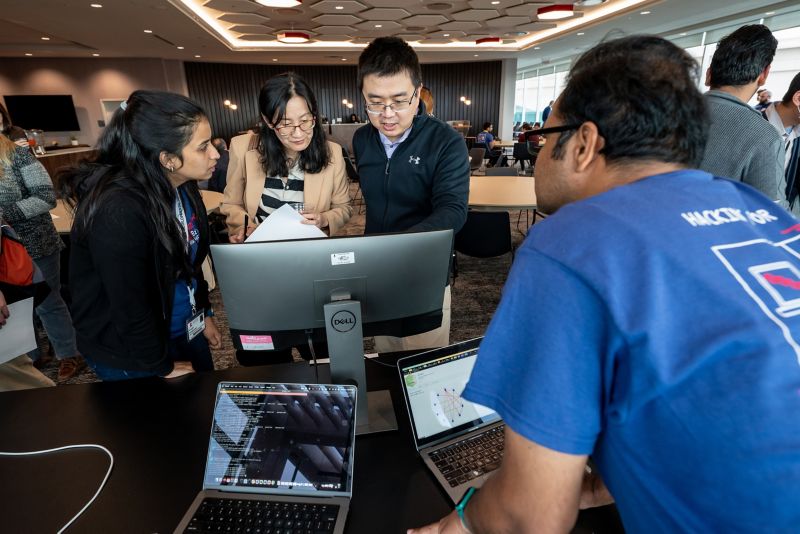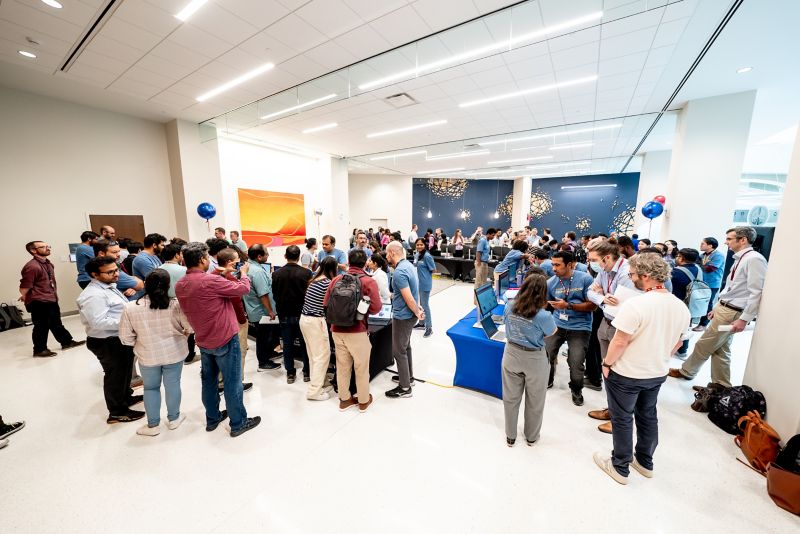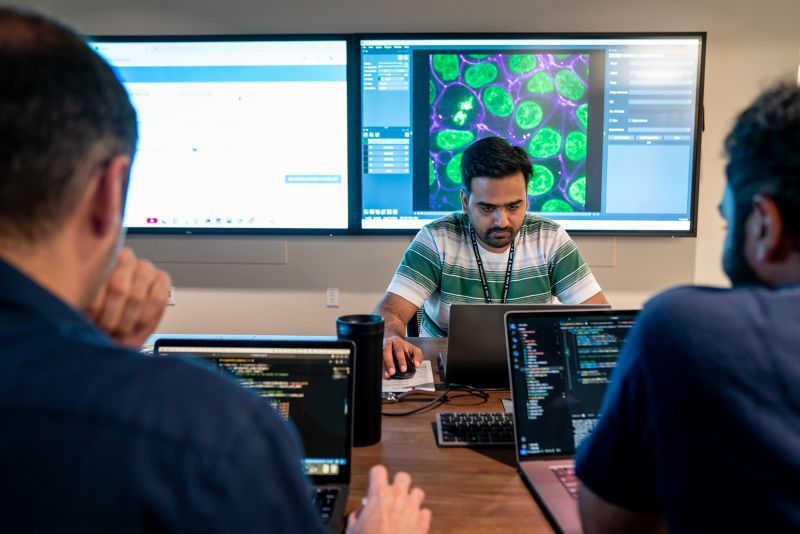Title:
Integrated Mitochondrial DNA Analysis Pipeline
Submitter:
Mondira Kundu (CMB)
Summary:
The challenge aims to integrate tools for mitochondrial DNA (mtDNA) analysis into a unified, streamlined workflow. The objective is to combine the existing WGS mtDNA pipeline, variant allele frequency (VAF) analysis tools, and MitoEdit into a deployable solution. This integrated workflow will enable researchers to efficiently analyze mtDNA sequencing data, identify variants suitable for editing, and predict optimal editing windows to facilitate the design of constructs for engineering specific mtDNA variants into cells.
Main Obstacle: The primary obstacle is the lack of a cohesive framework that combines these tools into a single, user-friendly pipeline. While the WGS mtDNA pipeline has already been implemented using Nextflow, downstream VAF analyses and MitoEdit remain separate, requiring manual intervention and computational expertise to link their outputs. This fragmentation reduces accessibility and scalability, particularly for researchers without bioinformatics experience.
Why Existing Solutions Are Inadequate: Although individual tools for mtDNA analysis exist, they function independently and require significant effort to integrate their outputs manually. This fragmented approach is inefficient, prone to errors, and inaccessible to researchers unfamiliar with bioinformatics workflows. Existing solutions fail to provide an automated, seamless pipeline for mtDNA analysis and editing prediction, which is essential for advancing mitochondrial research and engineering.
Proposed Solution: We propose the development of an integrated Nextflow workflow that combines the WGS mtDNA pipeline, downstream VAF analysis, and MitoEdit into a unified framework. Nextflow’s modular and scalable design will facilitate efficient deployment and reproducibility, enabling researchers to analyze mtDNA data and predict editing windows without requiring extensive computational expertise.
Feasibility: With careful planning, a small team (2–8 people) can develop a prototype of the integrated workflow within 72 hours. The WGS mtDNA pipeline is already implemented in Nextflow, and the downstream VAF analyses are relatively straightforward to integrate. MitoEdit can be incorporated as an additional module within the workflow, ensuring compatibility and automation. This project is achievable within the timeframe and will significantly enhance accessibility, usability, and efficiency for mtDNA analyses.
Benefit:
Solutions to our proposed challenge would provide significant benefits to both our lab and the broader scientific community by coupling the analysis of mtDNA variants with the ability to engineer these variants, enabling deeper insights into mitochondrial biology and disease. The established workflow based on Nextflow can be easily shared with internal and external research groups, fostering collaboration and reducing redundant development efforts.
Benefits to Our Lab: Integrating the WGS mtDNA pipeline, variant allele frequency (VAF) analysis tools, and MitoEdit into a unified framework would streamline the identification of functionally impactful mtDNA variants and facilitate the design of constructs for engineering specific mutations into cells. This coupling of variant analysis with engineering capabilities would allow our lab to experimentally validate the functional consequences of mtDNA mutations and study their role in disease progression. By automating these processes, we could significantly reduce the time required for both computational analyses and experimental design, accelerating our ability to test hypotheses about the impact of mtDNA mutations on cellular metabolism and stress responses.
Benefits to the Greater Scientific Community: For the broader scientific community, the ability to link mtDNA variant analysis with targeted engineering would be transformative. This integrated workflow would enable researchers to efficiently identify variants of interest and design constructs to introduce these mutations into experimental models, bridging the gap between computational predictions and functional validation. Such capabilities are critical for studying mtDNA mutations in contexts like aging, cancer, and mitochondrial diseases, where understanding the functional impact of specific mutations is essential for developing therapeutic strategies.
By democratizing access to these tools, the workflow would empower researchers to investigate the evolutionary dynamics and cellular consequences of mtDNA mutations with unprecedented precision. Coupling analysis with engineering would also facilitate collaborative efforts to model disease-associated mutations, test therapeutic interventions, and uncover new insights into mitochondrial function and dysfunction. Ultimately, this solution would advance mitochondrial research across disciplines, accelerating discovery and innovation in both basic and translational science.
Recommended software:
Nextflow, R-dplyr, R-ggplot and Python-pandas.
Test data:
Platinum Genome, CCLE
Do any of the proposed datasets contain PHI, sensitive information, or otherwise confidential data? No




